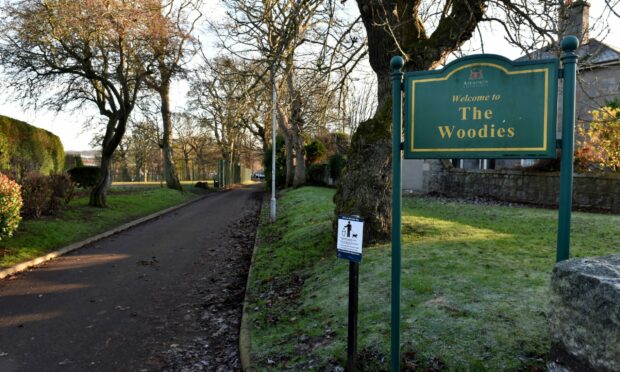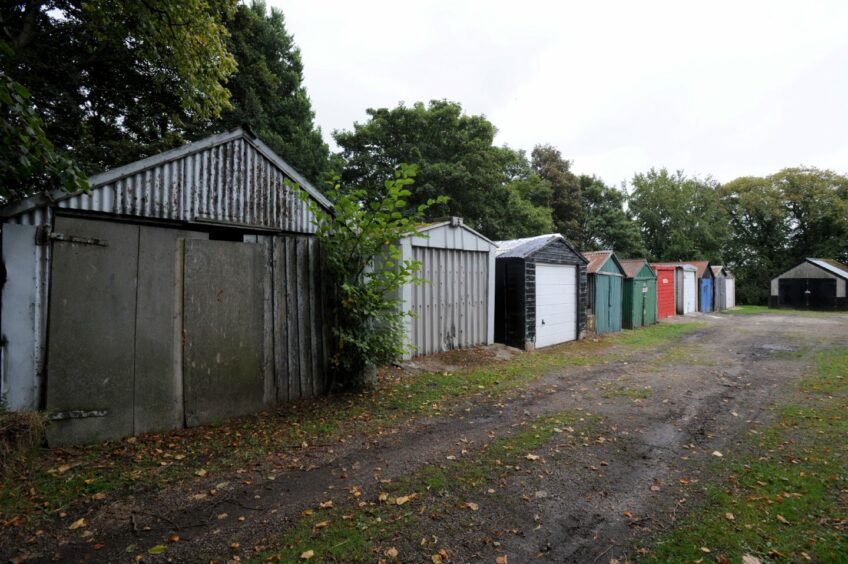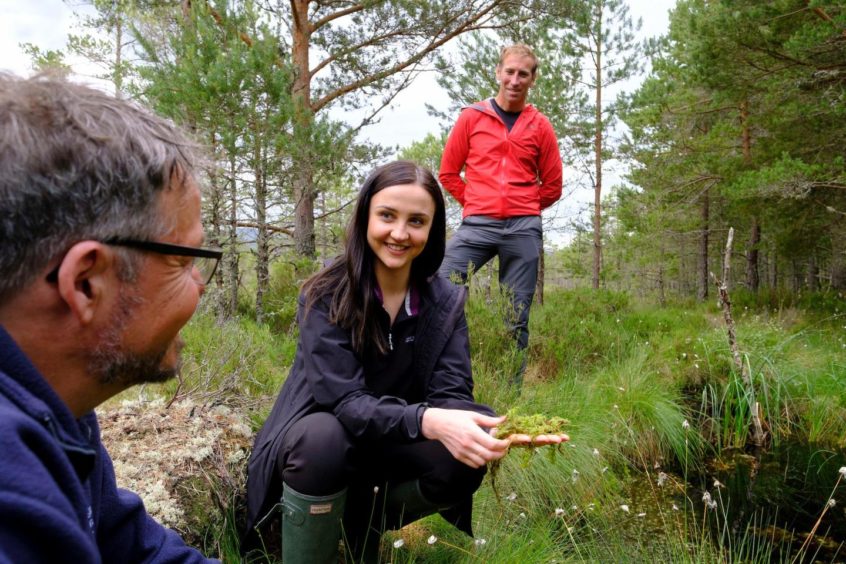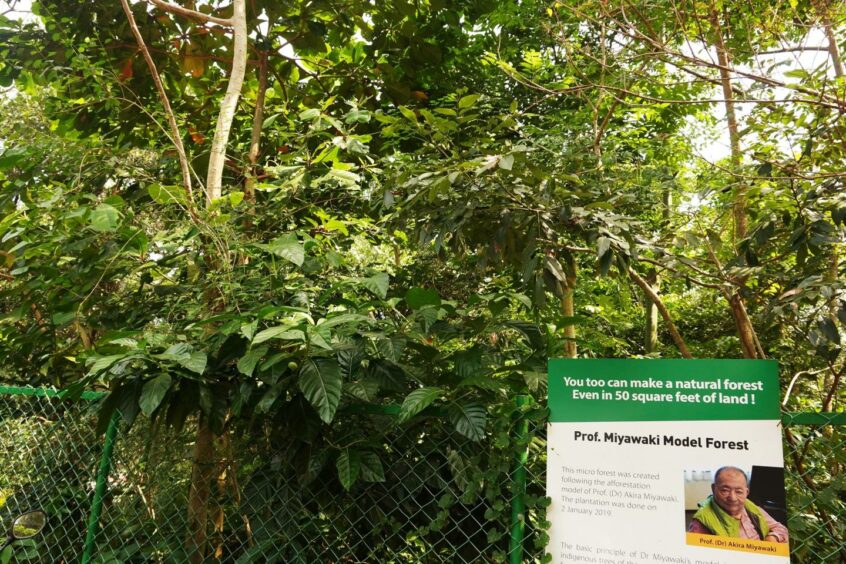A network of “wee forests” will be planted in towns and cities across Scotland this year to help tackle climate change.
Each of the densely packed areas of woodland will be roughly the size of a tennis court and will be located in an urban area.
The scheme is backed by £500,000 from the Scottish Government and Aberdeen has been selected as one of the locations.
Where is Aberdeen’s wee forest going to be?
Aberdeen City Council has worked with NatureScot and Earthwatch to select a suitable spot for the Granite City’s first purpose-built “wee forest”.
A small grassy park called The Woodies on Broomhill Road has been picked as the location.
Last year the council agreed to remove a set of old garages from this park. It’s not yet clear if the new forest will be planted on this part of the site.
A spokesperson for the council said the project was still in its “early days” but that progress will be made soon.
Councillor Philip Bell, Aberdeen City Council’s operations convenor said: “We are delighted to be taking part in the programme and we are currently working closely with NatureScot to develop a wee forest in Aberdeen”.
Altogether, 20 “wee forests” will be planted around Scotland in the winter of 2021/2022, in locations including Glasgow, Edinburgh, Dundee, Ayrshire and Lothian.
What is the point of a tiny forest?
According to NatureScot, the programme aims to give people the opportunity to be involved in the fight against climate change and biodiversity loss by creating and caring for their own forests in their own neighbourhoods.
Volunteers will plant and tend the forests as they grow, as well as monitor the wildlife and measure how much carbon is captured by the trees as they grow.
The “wee forests” project will form part of the legacy of Cop26 and provide outdoor learning opportunities for schools, ministers say.
Environment Minister Mairi McAllan believes the Covid pandemic has changed how many of us view and value nature.
“We want to improve access to green spaces and provide equal opportunities for everyone to connect with nature,” she said.
“Wee forests are an ideal way of achieving this, whether as a place for children to play or a quiet spot to escape the hustle and bustle of the city.”
She also said that projects like “wee forests” are a great way for Scotland to show the rest of the world how it is tackling the twin crises of climate change and biodiversity loss.
Why are wee forests different to muckle eens?
These Wee Forests in Scotland are part of the global family of Miyawaki Forests or ‘Tiny Forests’.
The Miyawaki method of tree planting is named after its creator, Akira Miyawaki, a Japanese botanist and plant ecologist.
He discovered that using trees native to the area and replicating natural forest regeneration processes encourages the forest to grow faster.
It sounds like a no-brainer, but not only do trees planted by this method grow much faster, they also jump-start the forest creation process and capture more carbon
Aberdeen’s Wee Forest will join more than 3,000 other Miyawaki forests currently growing around the world.













